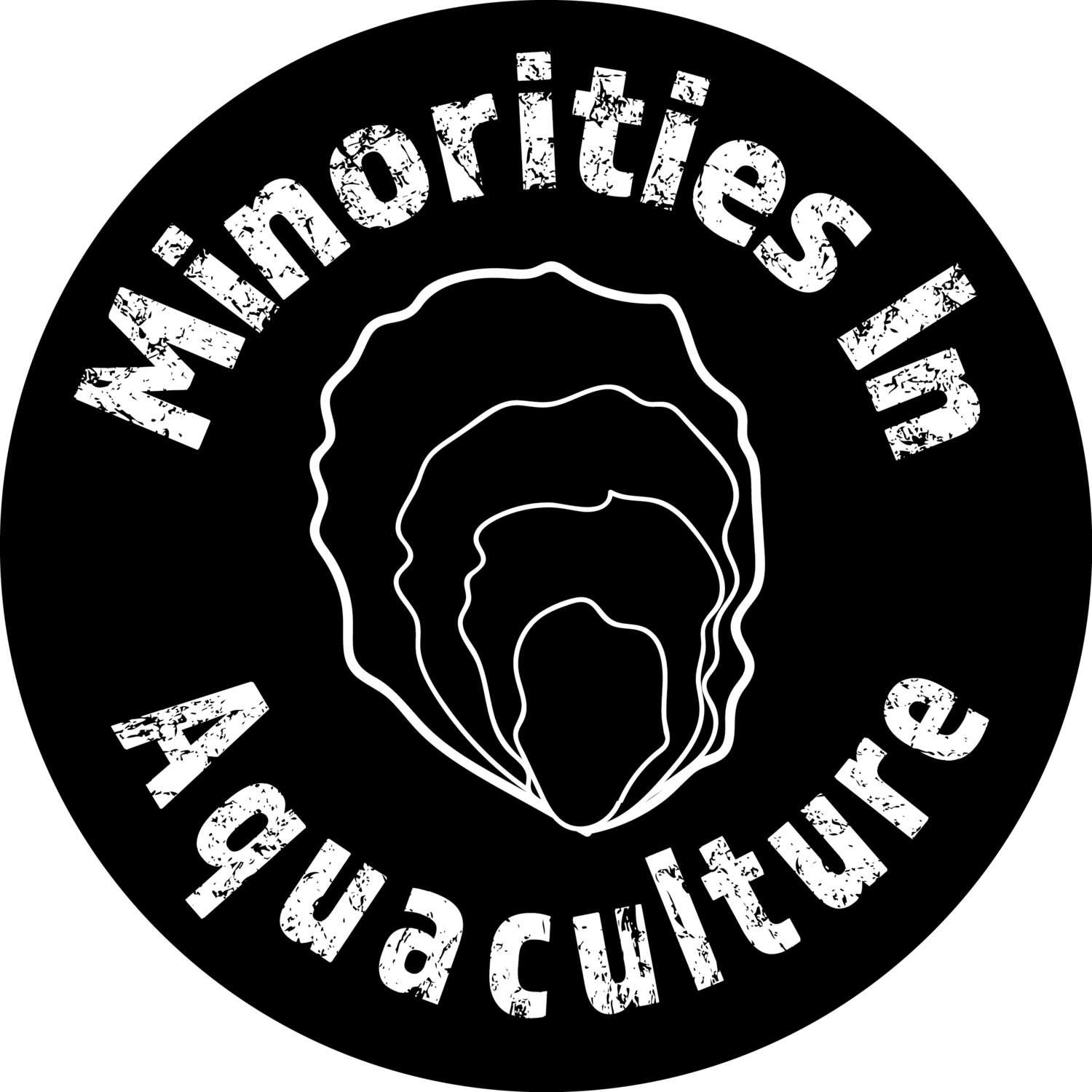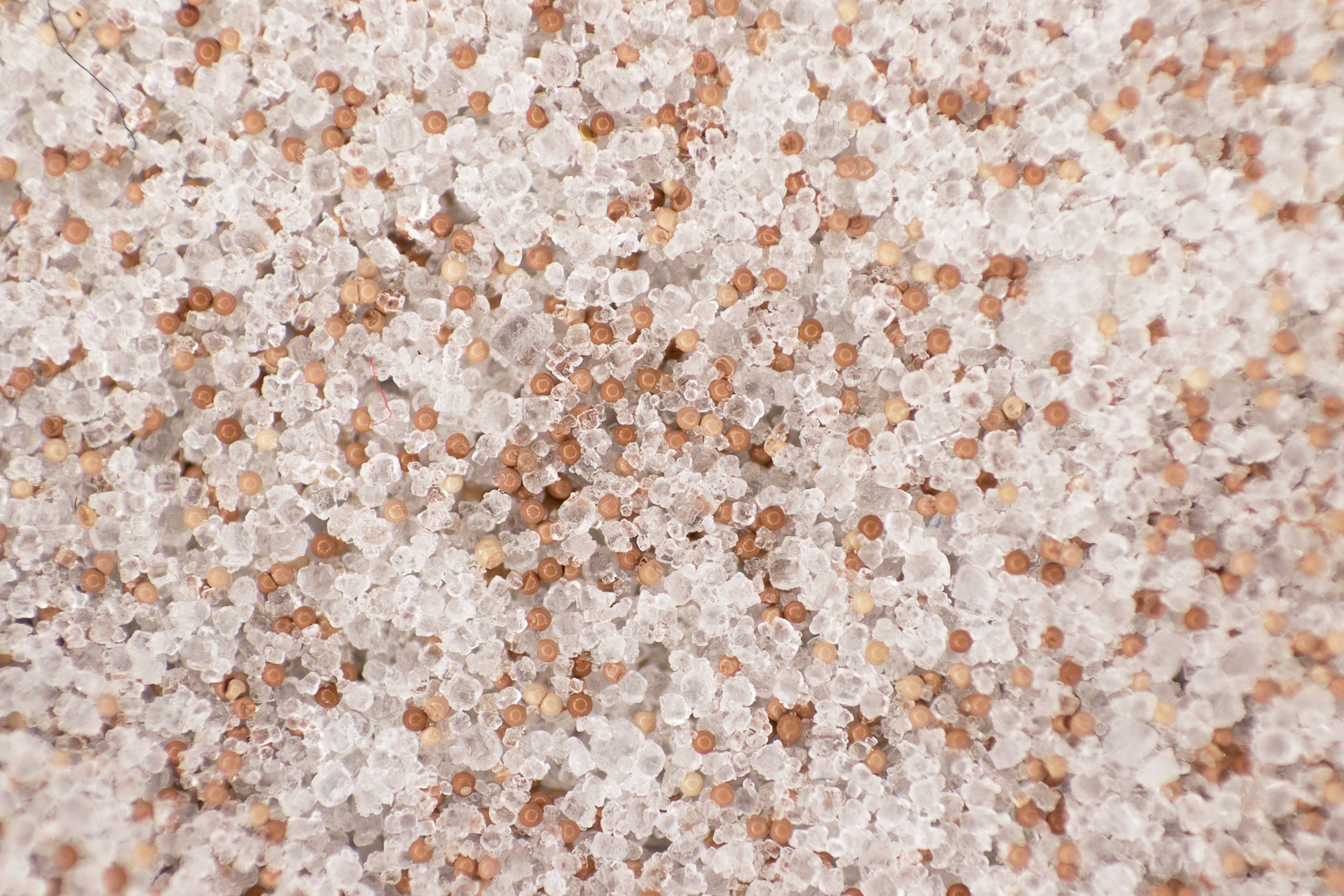The Importance of Micro Diets and Artemia Feed in Larval Fish
In the realm of aquaculture, particularly in the breeding and rearing of larval fish, nutrition is a cornerstone of successful operations. The early stages of fish development are critical, and the choice of feed can significantly impact the health and growth of the fish larvae. Among the various feeding options, micro diets and Artemia (brine shrimp) stand out for their effectiveness and essential roles in larval fish culture.
Micro diets are specially formulated feeds designed for the tiny, developing stages of fish. These feeds are meticulously crafted to meet the specific nutritional requirements of larval fish, providing a balanced mix of proteins, lipids, carbohydrates, vitamins, and minerals. The primary advantage of micro diets lies in their precision. By offering a controlled and consistent nutrient profile, they help ensure optimal growth rates and overall health. This consistency is a significant improvement over natural food sources, which can vary widely in their nutritional content. Moreover, micro diets simplify the feeding process, making it easier for aquaculturists to manage large numbers of larvae efficiently.
However, Artemia, commonly known as brine shrimp, has been a staple in aquaculture for decades. Its importance stems from its high nutritional value and its ability to stimulate the natural feeding behaviors of larval fish. Artemia are rich in proteins, lipids, and essential vitamins, making it a highly digestible food source for young fish. The movement of live Artemia mimics natural prey, encouraging more active feeding and improving the overall health of the larvae. The availability of Artemia in various sizes allows aquaculturists to match the feed to the developmental stage of the fish, further enhancing feeding efficiency.
When using micro diets, it is crucial to introduce the feed gradually. Start with small amounts to prevent overfeeding and monitor the larvae’s response to adjust quantities as needed. Choosing high-quality feeds from reputable suppliers and ensuring proper storage and handling are essential for maintaining feed quality. Feeding multiple small portions throughout the day can help mimic natural feeding patterns and avoid overloading the larvae’s digestive system.
For Artemia, it is important to use freshly hatched shrimp and ensure they are free from contaminants. Enriching Artemia with additional nutrients before feeding can further enhance their nutritional value. Offering Artemia multiple times a day based on the larvae’s age and size, and regularly adjusting feeding rates, helps ensure that the larvae receive adequate nutrition. Monitoring the health and growth of larvae is an ongoing process that requires attention and adjustment. By observing growth rates, survival rates, and overall health, aquaculturists can refine their feeding strategies to optimize results.
Using both micro diets and Artemia feed can be highly beneficial in larval fish culture, provided best practices are followed. The combination of micro diets and Artemia provides a comprehensive approach to meeting the nutritional needs of larval fish, leading to better growth and development outcomes.
In conclusion, the choice and management of feed are crucial elements in the success of aquaculture operations. Micro diets and Artemia each offer unique advantages, and their effective use can significantly enhance the rearing of larval fish. Staying informed about advancements in feed technology and continuously optimizing feeding practices will pave the way for more efficient and sustainable fish farming.
meet THE AUTHOR
Ciera davis
M.s. from Nova Southeastern University & 2024 MIA Summer intern


